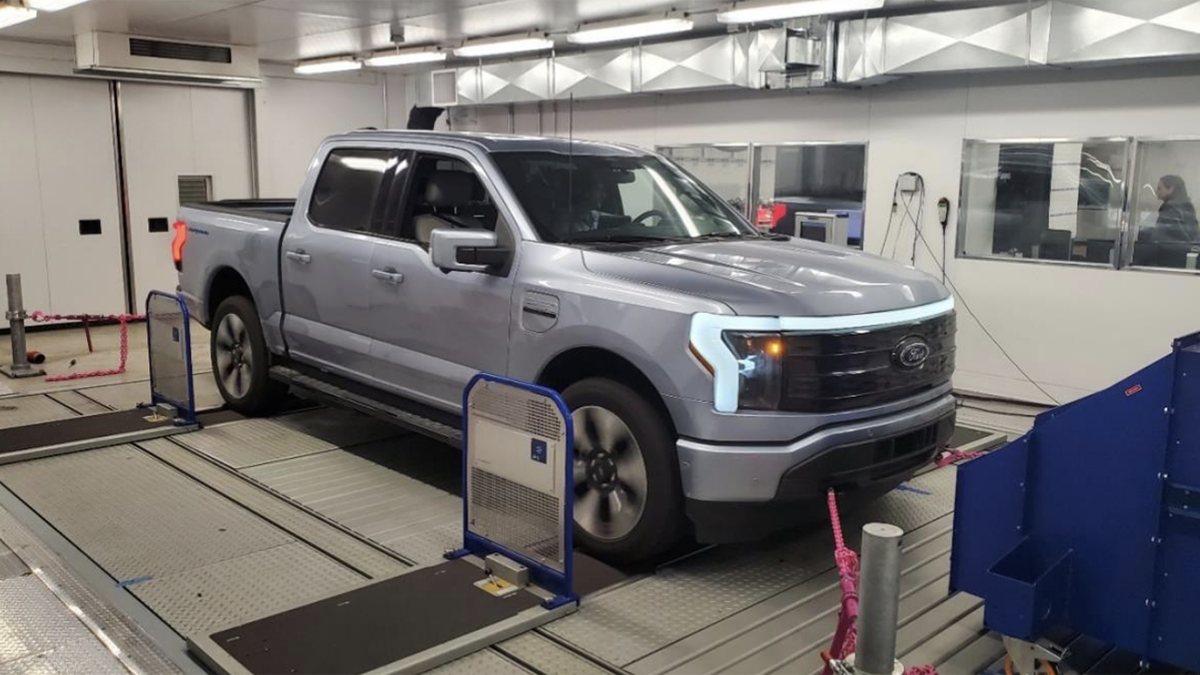AAA EV research helps drivers feel at home on the range

BOISE, Idaho (KIFI) – As electric vehicles increase in popularity, manufacturers now offer a wide range of options, including the new Ford F-150 Lightning. But before you load your new EV pickup and hit the road, drivers need to understand how the additional weight can affect vehicle range.
During recent testing by AAA, an unloaded Lightning had a driving range of 278 miles, but with an added payload of 1,400 pounds of sandbags, driving range dropped by nearly 25%. The loaded truck was still very efficient in terms of energy use – the equivalent of 47 MPG for a charge, compared with an EPA rating of 20 MPG for the version with an internal combustion engine – but prospective EV owners should consider the current strengths and limitations of the technology.
“The same laws of physics that apply to a gas-powered car also apply to an electric vehicle – the heavier it is, the less fuel-efficient it will be,” AAA Idaho public affairs director Matthew Conde said. “We tested a weight load that was near the max in order to study the effects, but there are plenty of people who won’t be hauling anywhere near 1,400 pounds of cargo on a regular basis. For many, EVs can perform all of their daily tasks before it’s time to recharge.”
AAA notes while internal-combustion vehicles achieve greater fuel economy in highway travel than in stop-and-go traffic, the reverse holds true for electric vehicles, many of which can produce additional charge through regenerative braking, which captures energy from friction and converts it into electricity to replenish the battery.
How far can your EV go? Key considerations
In addition to payload and overall battery capacity, other factors that can affect EV range include:
- Driving habits – with electric vehicles, as with internal-combustion engines, the faster and more aggressively it’s driven, the quicker the vehicle’s energy supply will become depleted. Moderate acceleration and speed will maximize EV range.
- Battery temperature – For peak performance, an EV’s battery pack has an optimal temperature range; in many cases, between 60⁰ and 80⁰F. Depending on operating conditions and ambient air temperature, some of the available battery capacity may be required to heat or cool the battery.
- Interior temperature – Heating and cooling the inside of the vehicle may draw significant amounts of power to the heater and air conditioner.
- Permanent loads – Equipment racks, toolboxes and equipment trays that are built into the vehicle will always reduce vehicle range, even without additional cargo.
Through a process called “pre-conditioning,” drivers can use grid power to bring the interior of the vehicle and the battery pack to appropriate temperatures before unplugging and hitting the road, extending vehicle range.
AAA encourages drivers who have concerns about EV range to consider their driving needs and select the vehicle that’s right for their situation. While it’s currently easier to fuel up and go than it is to stop and charge, that may not be the case for much longer.
“Electric vehicles have great potential, but like any leading-edge technology, there is a development curve. The charging infrastructure is still in its infancy, and the current level of range requires a bit more planning to ensure a smooth trip,” Conde said. “But battery capacity and range are only going to improve, and as drivers get more familiar with EVs and as the number of charging stations increases, many will find that EVs do the job quite well.”
AAA recently purchased two F-150 Lightnings to help recharge depleted EVs in the Portland metro area, with plans to add more EV-to-EV emergency charging capability in the future. AAA also features EV charging stations at many of its larger Service Centers.






